Self-raising and farming
Dai Son, Do Luong district is not a mountainous commune, and has never had any ethnic minorities living there. Therefore, since the beginning of 2022, when Mr. Le Dong and his wife, Ms. Vi Thi Nga, moved the Dong Nga homestay from Thanh Dao village, Bong Khe commune (Con Cuong) to hamlet 1 of the commune to develop community tourism, people considered this strange.

After stabilizing the housing items and production and livestock areas, the owner of Dong Nga homestay invited people from Dai Son commune to experience the "new model" of community tourism, including the participation of people from Thanh Dao village, Bong Khe commune, Con Cuong district - "collaborators" who have participated in developing this community tourism facility for many years.
Mr. Le Dong said that in addition to working with the Thai ethnic people in some communes of Con Cuong district such as Bong Khe and Mon Son to produce traditional Thai yeast and wine, the homestay also raises and grows its own livestock to create a source of clean food to serve tourists.
Behind the row of stilt houses used as a place to sleep and for cultural activities and gong dancing, Mr. Le Dong reserved a fairly large space to build a system of barns to raise black pigs, chickens, ducks and grow herbs.

“The homesaty’s livestock area always maintains about 30 black pigs and a flock of more than 100 chickens. For beef, because the facility is located in a locality with a tradition of raising and trading buffalo and cattle, the family contacts the local farmers to order to ensure quality. In the near future, I plan to raise some other specialty animals such as crickets, termites, and bamboo rats. Regarding processing, most of the dishes are prepared in the traditional way of the Thai people,” said Mr. Le Dong.
Also with the trend of self-sufficiency in food to ensure a clean and proactive supply, Mr. Dinh Ba Cuong - owner of Nhat Minh farmstay in Chau Thon commune (Que Phong) said that since building the experiential tourism spot on the top of Bu Chong Cha slope, he has oriented himself to raise livestock and grow crops to create a food source to serve tourists.

The main dish on the menu of Nhat Minh farmstay is made from native black pigs raised on his family's farm. "Currently, the farm is maintaining an average of about 150 native black pigs, raised in a "rolling" manner, not sold to the market. Self-sufficient farming not only ensures a stable supply, but also has clean food to improve the quality of cuisine, and avoids livestock and poultry diseases. In addition, the farm grows seasonal vegetables and tubers and invests in growing flowers," said Mr. Cuong.
Or at Hon Mat Eco-tourism Area in Son Hai hamlet, Nghia Loc commune, Nghia Dan district, according to the owner, this tourist area is now basically self-sufficient in food such as chickens, pigs raised on the hills, river fish raised in cages such as catfish, climbing fish. And the facility dedicates 3 hectares of land to grow flowers and vegetables, 1 hectare to grow fruit trees, 1 hectare to grow medicinal herbs to serve tourists when visiting and experiencing.

Linking clean raw material production
The trend of community-based tourism destinations being self-sufficient in food supply is being applied by most organizations and individuals doing business in this type. According to them, this is a way to both save costs and ensure the quality of the food at their establishments.
However, not all establishments can grow all kinds of food themselves. Therefore, in addition to producing some raw materials, mainly livestock and poultry meat, they also seek sources of food with origin and quality to link to for consumption.
For example, at the Muong Cuong tourist experience site in Yen Khe commune (Con Cuong), the owner of this facility said that although the facility has only been in operation for more than a year, the main customers are local people, but the facility always maintains self-sufficiency in food, mainly chicken and freshwater fish. As for other types of meat such as pork, beef, goat and some seasonal vegetables, tubers and fruits, the facility contacts households in the commune to supply. The connection takes ensuring a clean and quality supply as the top criterion.

Mr. Le Trung Loi - Vice Chairman of Yen Khe Commune People's Committee said that homestays and tourist experience spots in the commune have long been implementing the direction of self-raising, growing crops and ordering agricultural products from local households. The commune government always encourages and also inspects and controls to ensure the quality of local tourist services and food safety. This is also a regular direction of Con Cuong District People's Committee in developing eco-tourism and community tourism in localities.
It can be said that ensuring food quality and creating unique features in local culinary culture is one of the factors promoting the tourism industry to develop sustainably, effectively and in line with the current green economic development orientation.
Regarding the tourism industry, the Provincial People's Committee has approved the Nghe An Tourism Development Strategy to 2030, with a vision to 2035, in which Western eco-tourism is one of the key orientations.

The Tourism Department has organized a team of experts to conduct surveys, provide advice, guidance and support the development of community tourism in the districts, and develop ecotourism products. In particular, promoting the unique features of local cuisine, combined with ensuring food safety are important factors. After the survey team has assessed and recognized 03 more tourist destinations, up to now, the province has 27 tourist destinations recognized as community tourism and ecotourism destinations.
According to the summary of the Provincial People's Committee, in general, tourism in 2023 has improved compared to previous years. It is estimated that in the first 10 months of the year, the number of tourists is estimated at 7.3 million, an increase of 23% over the same period in 2022; of which, the number of overnight guests is estimated at 4.68 million, an increase of 23% over the same period. Total revenue from tourists is estimated at 17,149 billion VND, of which tourism revenue is estimated at 6,730 billion VND, an increase of 37% over the same period in 2022.
Source



![[Photo] General Secretary attends the parade to celebrate the 80th anniversary of the victory over fascism in Kazakhstan](https://vphoto.vietnam.vn/thumb/1200x675/vietnam/resource/IMAGE/2025/5/7/dff91c3c47f74a2da459e316831988ad)

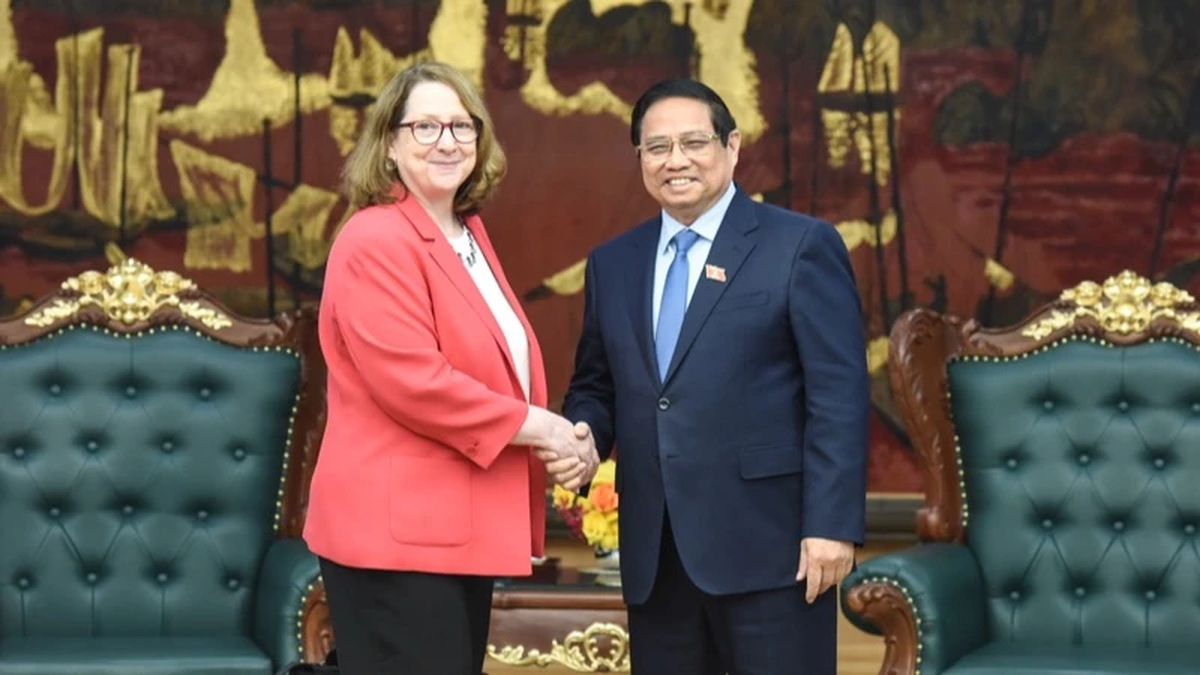
![[Photo] Prime Minister Pham Minh Chinh receives delegation from the US-China Economic and Security Review Commission of the US Congress](https://vphoto.vietnam.vn/thumb/1200x675/vietnam/resource/IMAGE/2025/5/7/ff6eff0ccbbd4b1796724cb05110feb0)

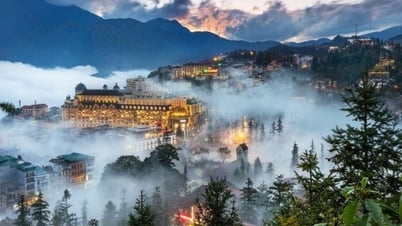

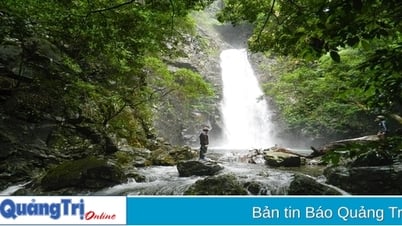
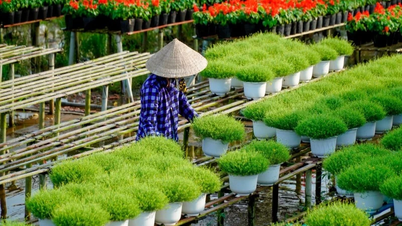

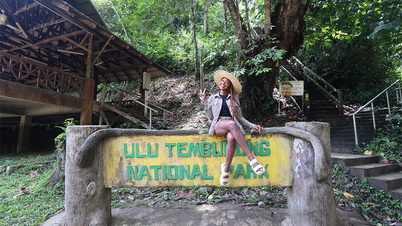


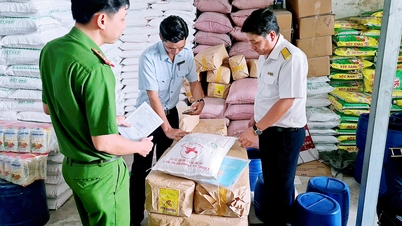
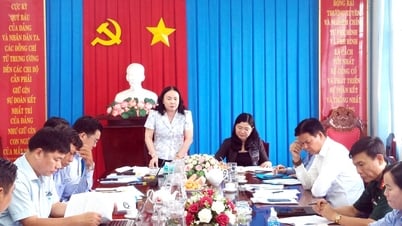
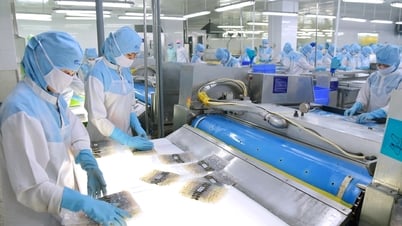
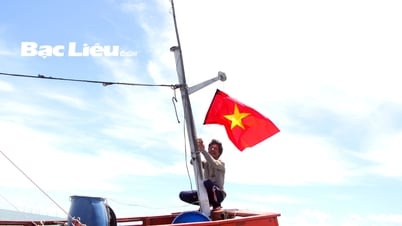
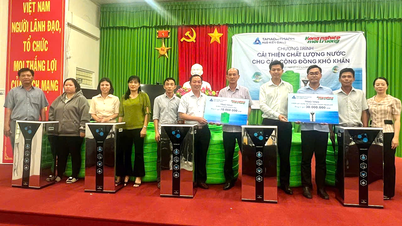







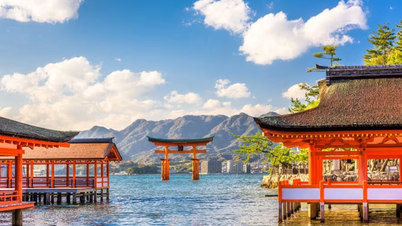



![[Photo] Sparkling lanterns to celebrate Vesak 2025](https://vphoto.vietnam.vn/thumb/1200x675/vietnam/resource/IMAGE/2025/5/7/a6c8ff3bef964a2f90c6fab80ae197c3)
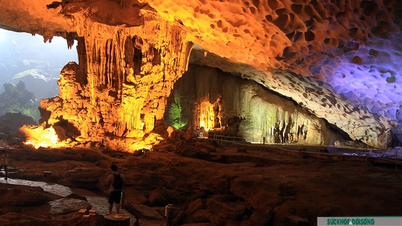

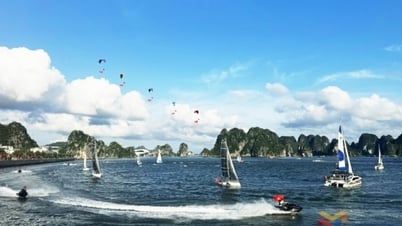

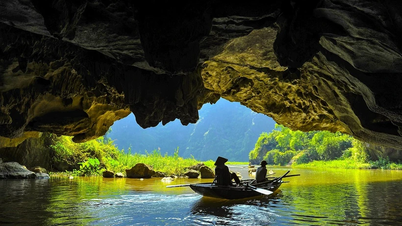

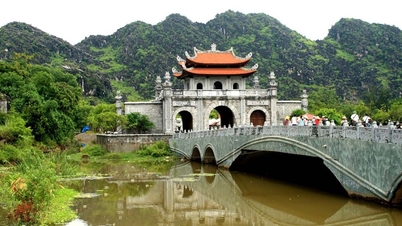



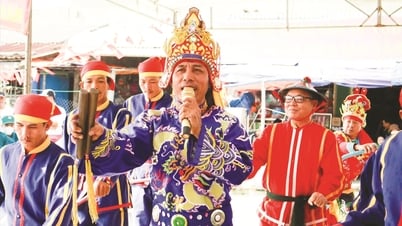











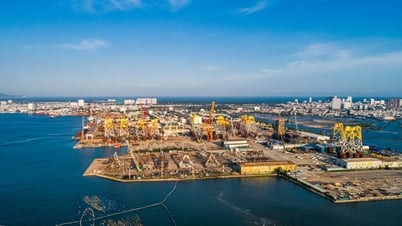





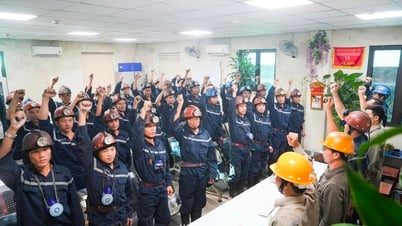
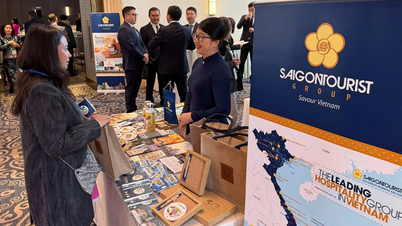



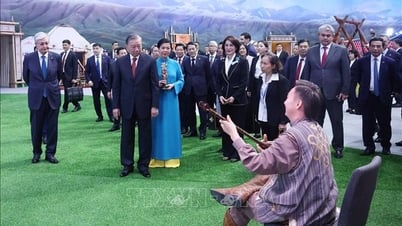


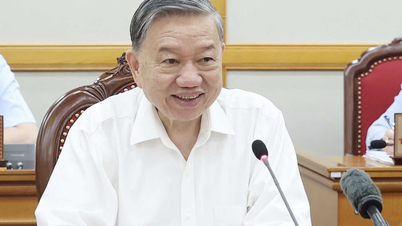
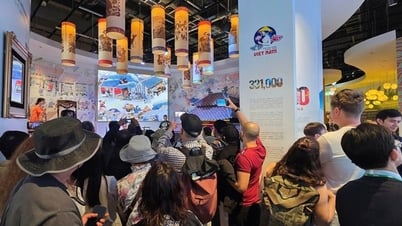
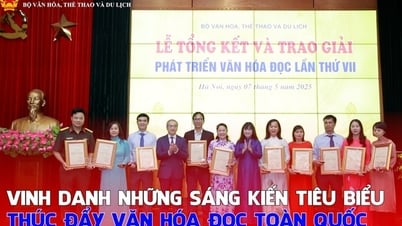
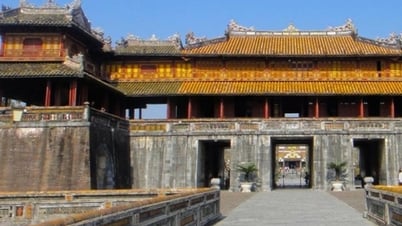


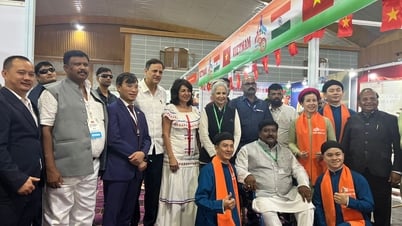

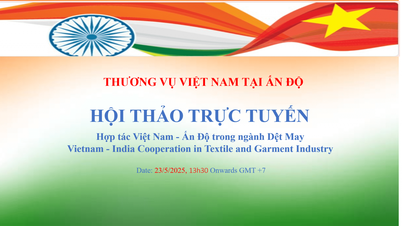


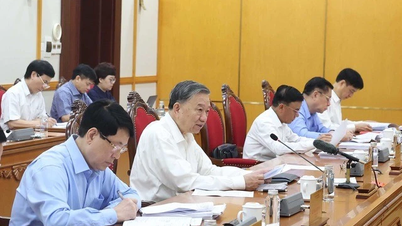

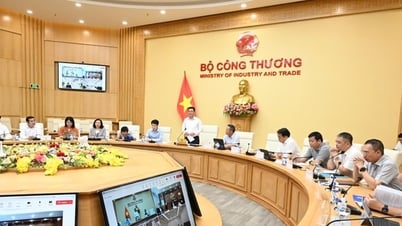









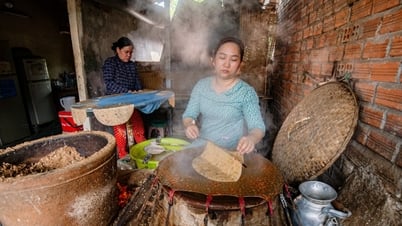




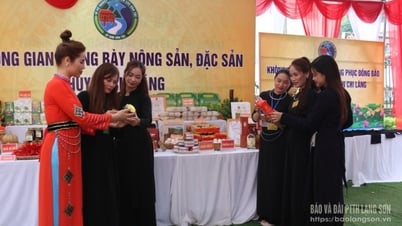
Comment (0)